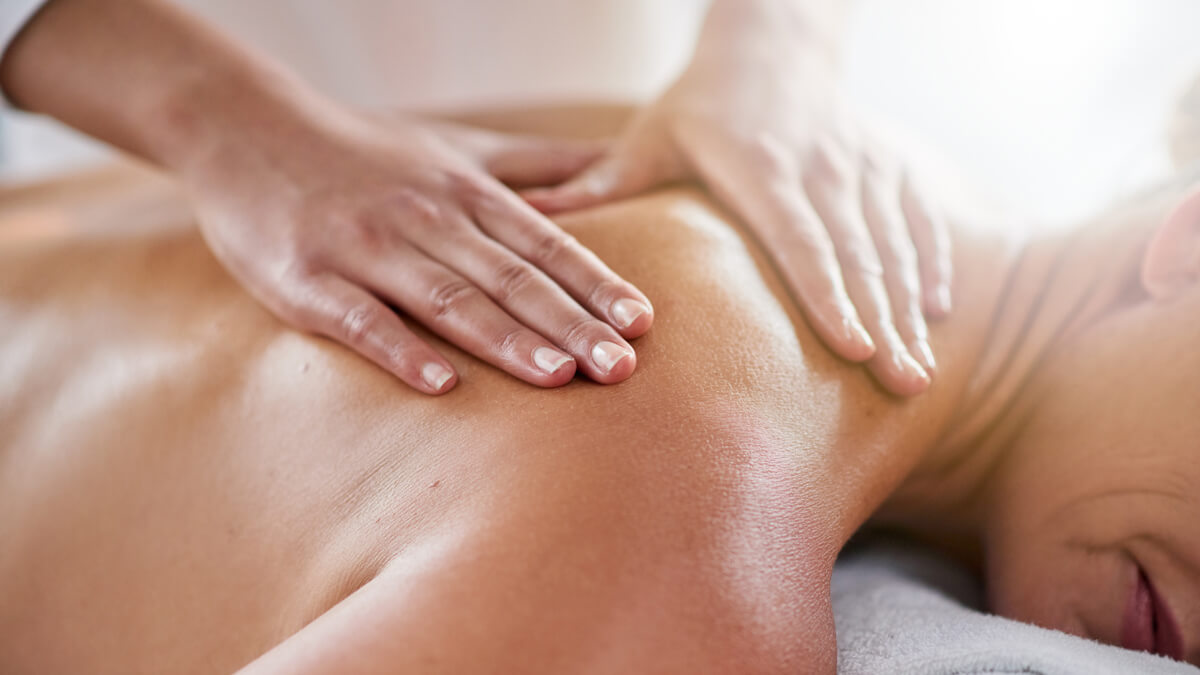Massage Therapy
 Remedial massage holistically addresses the body by using many specialised techniques to identify and repair damage to muscles, joints, and tendons. Massage therapy supports and accelerates the body’s ability to heal itself. Massage can be used as a stand-alone therapy or with mainstream techniques.
Remedial massage holistically addresses the body by using many specialised techniques to identify and repair damage to muscles, joints, and tendons. Massage therapy supports and accelerates the body’s ability to heal itself. Massage can be used as a stand-alone therapy or with mainstream techniques.
What Is Massage Therapy?
Massage, which is also called manual bodywork, falls under the category of complementary or allied health in Australia. Massage professionals and professional areas belong to the increasingly growing group of allied health professionals and their different subspecialties.
Massage therapists must adhere to national training and education standards, their professional range of practice, and often prove their skills through diplomas, certified credentials, and continuing education. Members of the profession must be proficient in the utilisation of many skills.

Massage Technique
Massage involves the use of pressure, tension, motion, or vibration performed manually or with mechanical aids. A massage therapist targets tissues that may include the following: muscles, tendons, ligaments, joints, or other connective tissue. Massage can be given using the hands, fingers, elbows, and forearms.
There are over eighty different massage modalities. We offer the following at Tamar Chiropractic.
This technique is primarily used to address musculoskeletal problems, such as strains and sports injuries. Continuous pressure is applied using slow, deep strokes to target the inner layers of muscles and connective tissues. The application of this pressure helps to break up scar tissue that forms following an injury and decreases tension in muscle and tissue.
With this therapy, direct pressure is applied to particular points on tender muscle tissue to help reduce muscle tension and provide pain relief.
Tailored to different sports and sporting injuries, sports massage therapy stretches tight muscles, stimulating inactive muscles and improving the condition of the soft tissue.
This alternative therapy is a type of Traditional Chinese Medicine that involves a therapist applying special cups to your skin for a few minutes to form suction. Cupping can help relieve pain, decrease inflammation, increase blood flow, and foster relaxation and well-being.
Frequently Asked Questions
Do I have to be completely undressed?
How long will my treatment last?
How often should I get a massage?
How many sessions will I need?
When should I not get a massage?
What should I do after my massage?
Is it okay to exercise right after my massage?
Book Your Next Massage
Contact our Launceston practice today to schedule a massage session with one of our qualified and dedicated therapists.
CONTACT US

